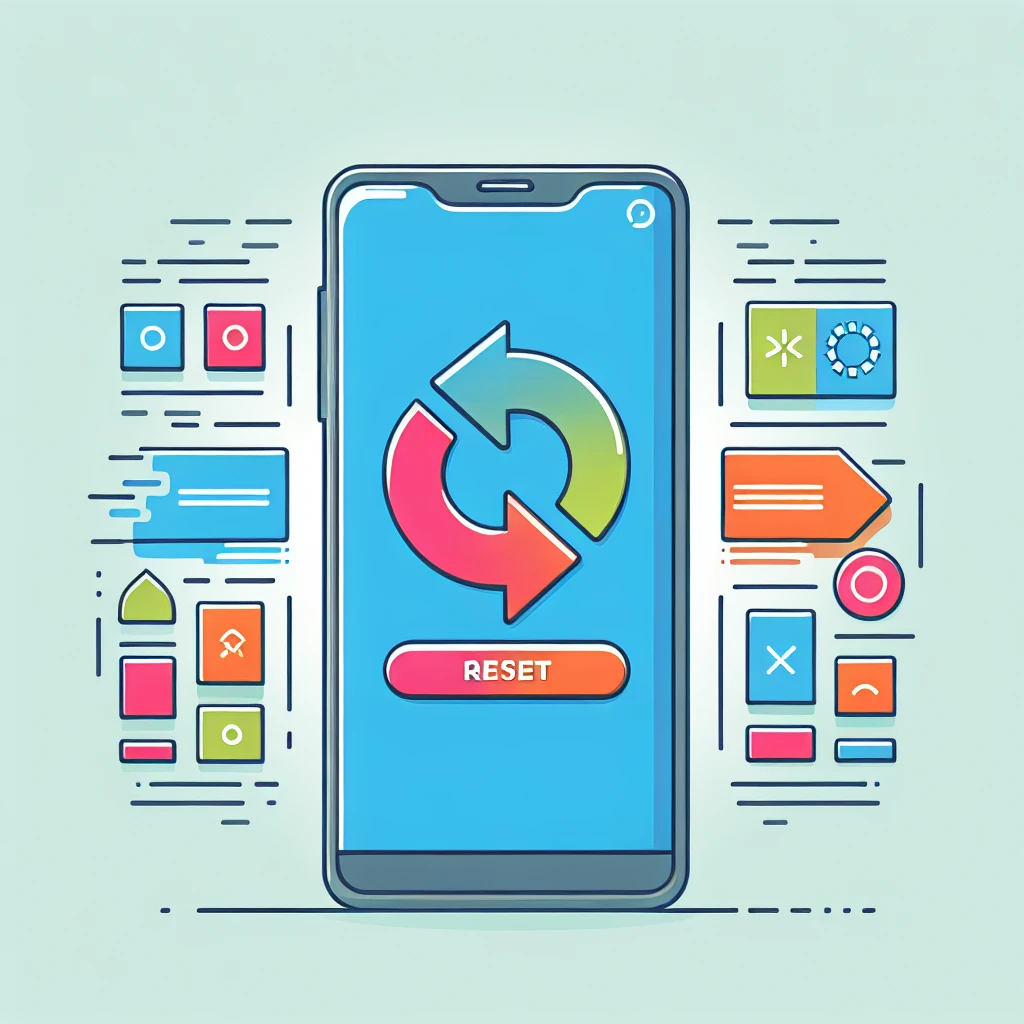Can Apps and App Data Be Retained During a Reset?
Introduction
Performing a reset on your device can be a necessary step to improve performance, fix software issues, or prepare the device for a new user. However, one of the primary concerns during a reset is whether your apps and their data can be retained. This article delves into the possibility of retaining apps and app data during a reset, offering practical solutions to safeguard your information.
Understanding Device Resets
What is a Device Reset?
A device reset, also known as a factory reset or hard reset, is a process that restores the device to its original manufacturer settings. This action typically erases all user data, apps, and settings, providing a clean slate for the user.
Reasons to Reset a Device
- Resolving software glitches and performance issues
- Removing malware or viruses
- Preparing the device for resale or transfer
- Clearing personal data from a shared device
Types of Resets
Soft Reset
A soft reset involves restarting the device without deleting any data. It is often used to fix minor software issues and improve device performance.
Hard Reset
A hard reset, or factory reset, wipes all data from the device, returning it to its original state. This type of reset is more comprehensive and should be performed with caution.
Impact of Reset on Apps and Data
During a reset, especially a hard reset, all installed apps and their associated data are typically erased. This includes app settings, user data, and any locally stored information. However, there are methods to retain or restore your apps and data after performing a reset.
Methods to Retain Apps and Data
Backup Options
Backing up your device before performing a reset is crucial. Various backup options can help you retain your apps and data:
- Cloud Backup: Utilize cloud services such as Google Drive for Android or iCloud for iOS to back up your apps and data.
- Local Backup: Connect your device to a computer and create a local backup using software like iTunes or third-party applications.
- App-Specific Backups: Some apps offer their own backup solutions, allowing you to save data directly within the app.
Cloud Services
Cloud services play a significant role in retaining app data during a reset. They allow you to store your information remotely, making it accessible after the reset. For example, Android devices can back up app data to Google Drive, while Apple devices use iCloud for the same purpose.
Third-Party Tools
Several third-party tools and applications can assist in backing up and restoring your apps and data. Tools like Titanium Backup for Android offer comprehensive backup solutions, enabling users to save app data, system settings, and more.
Step-by-Step Guide to Retain Apps and Data
For Android Devices
- Backup Your Data: Go to Settings > System > Backup and enable Backup to Google Drive.
- Verify Backup: Ensure that your data has been backed up by checking your Google Drive account.
- Perform the Reset: Navigate to Settings > System > Reset options > Erase all data (factory reset).
- Restore Data: After the reset, sign in to your Google account to restore apps and data.
For iOS Devices
- Backup Using iCloud: Go to Settings > [Your Name] > iCloud > iCloud Backup and enable it.
- Backup Using iTunes: Connect your device to a computer and use iTunes to create a backup.
- Perform the Reset: Go to Settings > General > Reset > Erase All Content and Settings.
- Restore Data: After the reset, sign in to your iCloud account or use iTunes to restore your data.
Frequently Asked Questions
Can I Recover App Data After a Reset?
If you have a recent backup, you can restore your app data after a reset. Without a backup, recovering data becomes significantly more challenging.
Do All Apps Support Backup and Restore?
Most mainstream apps support backup and restore functionalities. However, some niche or older apps might not offer comprehensive backup options.
Is It Safe to Use Third-Party Backup Tools?
Using reputable third-party backup tools is generally safe, but it's essential to research and choose tools from trusted developers to avoid potential security risks.
Conclusion
Performing a reset on your device doesn't have to mean losing your apps and data. By utilizing backup options, cloud services, and third-party tools, you can effectively retain and restore your essential information. Always ensure you have a recent backup before initiating a reset to safeguard your data and enjoy a seamless transition post-reset.

